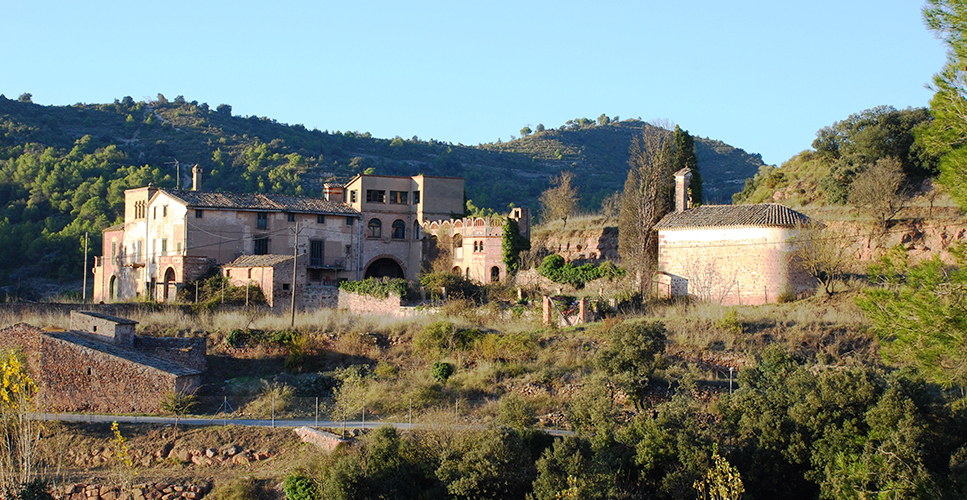
This peaceful walk by the massif of Sant Llorenç del Munt i l’Obac allows us to discover the wine past of Rellinars from the architectural heritage and landscape that previous generations have left us.
ROUTE
The tour starts in the parking that we find in the church of Sant Pere i Sant Fermí. We take the paved road which leads from the car park and down to the left toward the torrent of La Font d’en Sala, which we cross.
We pass next to the mas les Ferreres, where it stands out the chapel dedicated to Sant Felip Neri. In its interior are saved thirteen mural paintings depicting various scenes of the war of independence. Once we pass de mas, the paved track goes down to cross the torrent of l’Esbarzer, where we take the track that is born on the right hand side.
Along the route we will follow the milestones marked in purple and that shall also indicate the location of the various architectural elements that we will be able to visit. The track passes near the spring of l’Esbarzer, dry in times of drought, and crosses the torrent on several occasions. On the right, on a hill, it stands the beautiful mas de Gibert de Dalt. A milestone indicates the proximity of the first dry stone hut, the hut of Pere Baqué. To see it we have to take the path that goes up to the left of the road and follows a torrent to its headwaters, where we discover ancient terraces of vines.
Among the trees it appears the first of the three huts that there are in this place. The increase in the demand for wine forced the farmers to occupy increasingly marginal, steep and with lean soils pieces of land. In this sense, the rock walls allowed reusing the stones extracted from the ground to level and drain the terrace, avoiding the drag of ground downstream. The huts were essential because the new vineyards were increasingly away from people and tasks related to this crop required a constant labour: cultivating or digging several times a year, pruning, trimming and removing the branches of the grapevine, putting sulphur, harvesting grapes, etc…
The huts were essential stores where to store the tools and also shelters to compensate for the rigor of summer or the tempests. We return to the track and continue up the torrent to another milestone that indicates the existence of another dry stone hut, the hut of Ramón del Gibert de Baix to which we access going down a bit towards the torrent by the path on the right. We can notice, in spite of the austerity of these constructions, its technical complexity, and that they use rustic stone without any element of union.
We continue ascending along the track and we can see another circular and elevated hut, in front of us. At the level of the hut the track forks. We take the one on the right and we cross the torrent of the Font del Bosc. The track goes back parallel to the torrent of Casajoana. To the left margin of the road we will see several remains of walls and huts, as well as the ruins of the Casot, a construction of mysterious past.
A crossroads allows us to get closer, a little further up, to the spring of the Càntir, which is located at the far end of a deep cave. A pitcher hooked upside down to the roof of the cave allows us to take advantage of the water that is infiltrated by a crack. We go back by the path that has led us to the spring and we return to the track that climbs up to the mas of Casajoana and that allows us to see, on both sides of the road, more dry stone huts. We must stand out a rectangular hut, the Casajoana, of square floor, in a perfect state of conservation and the largest of the ones we have visited. We continue up to the mas of Casajoana, with wonderful view on the massif of Montserrat. From here the track goes down to the parking of the church of Sant Pere i Sant Fermí.
DON’T MISS…

Church of Sant Pere i Sant Fermí: Church of the 10th century. One of the few churches of the Vallès which allows to observe in situ the architectural evolution with different construction techniques.
The spring of the Càntir: the spring is located inside a cave deep enough shaped by erosive agents over thousands of years. Have a look at the remains of the walls also of “dry stone” to the right of the entrance. These cavities were used during the Middle Ages to easily build (only had to work a wall) different rooms: farmyards, shelters, masies, etc. We know nothing with certainty of this grotto, but taking into account its height and the precariousness of the walls, it is plausible to think that it was, at one time, a farmyard or a shelter linked to the masia Casajoana.
La hut of Pere Baqué: This set of constructions is related to the cultivation of the vineyard that was spread by the flat lands of Rellinars in the 18th and 19th centuries. The huts functioned as warehouses for the storage of tools and shelters to compensate for the rigor of summer, the rough weather or for a snack during the long working days. The thermal conditions and the chimneys of many huts confirm this.
The rectangular hut of Casajoana: This hut is the largest and high that we have visited and is in a perfect state of preservation, in part due to recent restoration work. In the interior features a fireplace and a few shelves. Even so, most notable is the difficulty constructive to bind its square floor plan with the circular shape of the vault that closes it. This was accomplished with the use of shells, stones placed in the corners diagonally so that it will be filing the angles of the quadrangular.
The Casot: These mysterious ruins built in accordance with the technique of dry stone are older than the barracks. The origin and function of this construction is a mystery of difficult solution, since we do not have any document that we talk about it, and probably was part of a larger building. Even so, its structure, with five levels of circular walls of over a meter of width, belong to an ancient watchtower. Popularly, it is also said that it was a convent governed by the Monastery of Pedralbes with prison functions for widow queens and nuns, held in the peace of the place. In any case, it seems that we only can know these remains through archaeological excavations. At the same height of the Casot, but a few meters further to the right, we see two huts of rectangular plan.
La hut of Ramon del Gibert de Baix: The huts of vineyard are the most popular of an ancient technique, the dry stone, which uses as the basic material and almost exclusive the rustic stone without any element of union. The stark appearance of these small buildings (with circular or rectangular plan) hides a considerable technical complexity that we can analyse observing them from the outside and from the inside. The wall is constructed from rows of rectangular stones chosen among those of the same surroundings. The instability as a result of the irregularities of the stones is resolved by small angular stones placed by pressure thay, making wedge, compact the whole set. The dome is the most complex element and determines the width of the wall that has to support it. It is built in a similar manner of that of the wall, but in this case the rows of stone are arranged in such a way that they leave toward the inside to close the set. The slight tilt of the rows toward the outside and the cornice allow to repel water. Finally, the vault was covered with soil to improve the waterproofing. There are a number of technical solutions for the opening of the doorway, but most are resolved on the basis of a lintel of slab. In many cases, the hut has some shelves on the inside and a small opening to look at the outside. In conclusion, this technique is based on a set of balances among the pressures of the stones, with a remarkable result which has come down to our days.
The masia of les Ferreres: The most notable elements of this masia, built in the 11th century and restored in later times, are the chapel dedicated to San Felip Neri (saint of strong devotion in Rellinars) was canonized in 1622, and the mural paintings that still are saved. These frescoes, 13 in total, represent several scenes of the war of independence. They were made in 1811 by a Carthusian monk who escaped of the country house of the convent of Montalegre and was welcomed in this masia. It seems that the number of frescoes made was greater, but a good part of the originals were ruined by the French troops when, on their way to Manresa they passed by Rellinars. Finally, in the masia it is also preserved a great picture of San Felip Neri that formerly adorned the altar of the chapel.
SUGGESTIONS
The spring of the Càntir has a suitable play area and picnic.
Also you may be interested in…
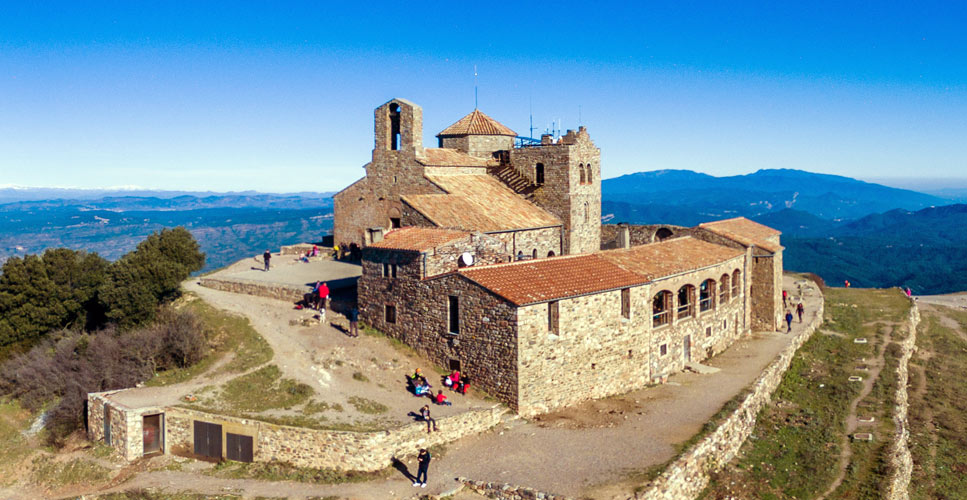
What to do
You do not know what to do? The Vallès provides you with many ideas to do in nature.
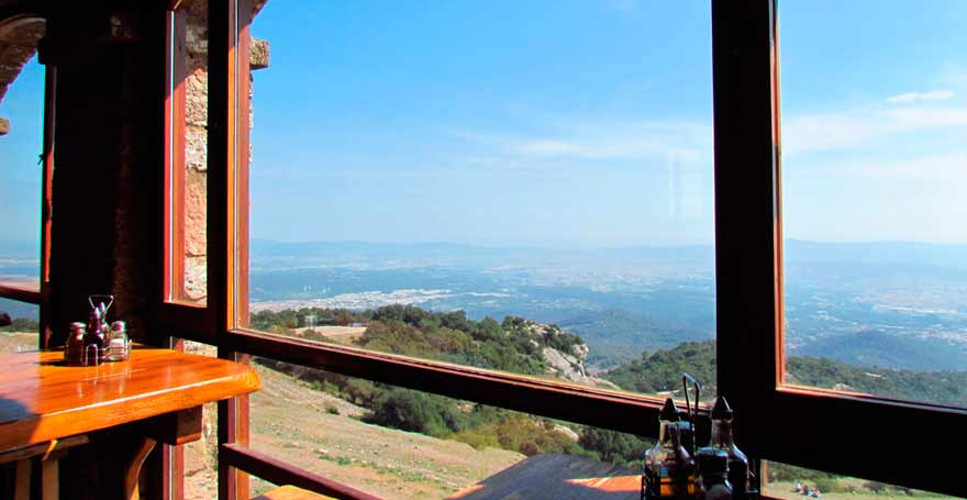
Unique restaurants
We have compiled a list of unique and high-quality restaurants in the Vallès. Will you miss them?
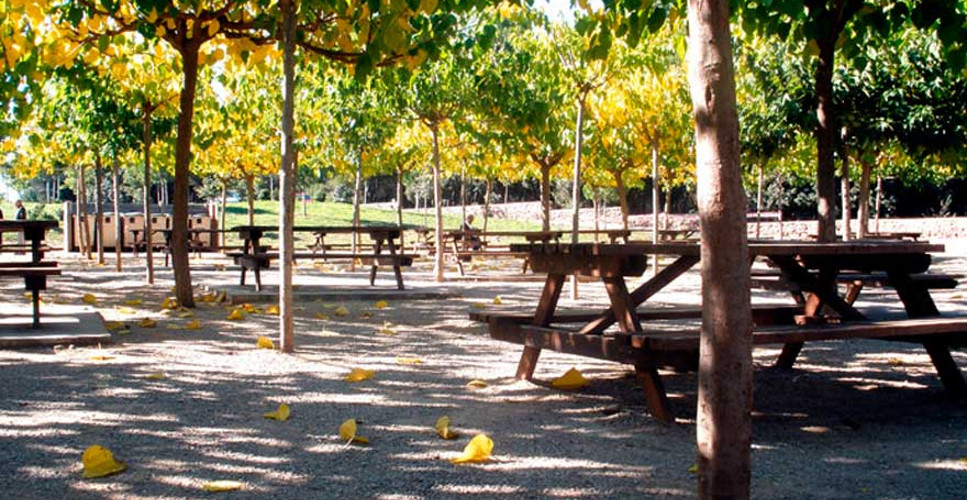
Picnic areas
When was the last time you enjoyed a nice picnic with your family or friends? Do not hesitate and repeat the experience!




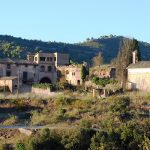
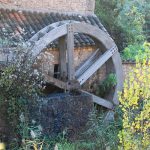
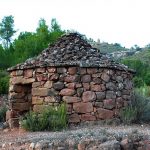
No Comments